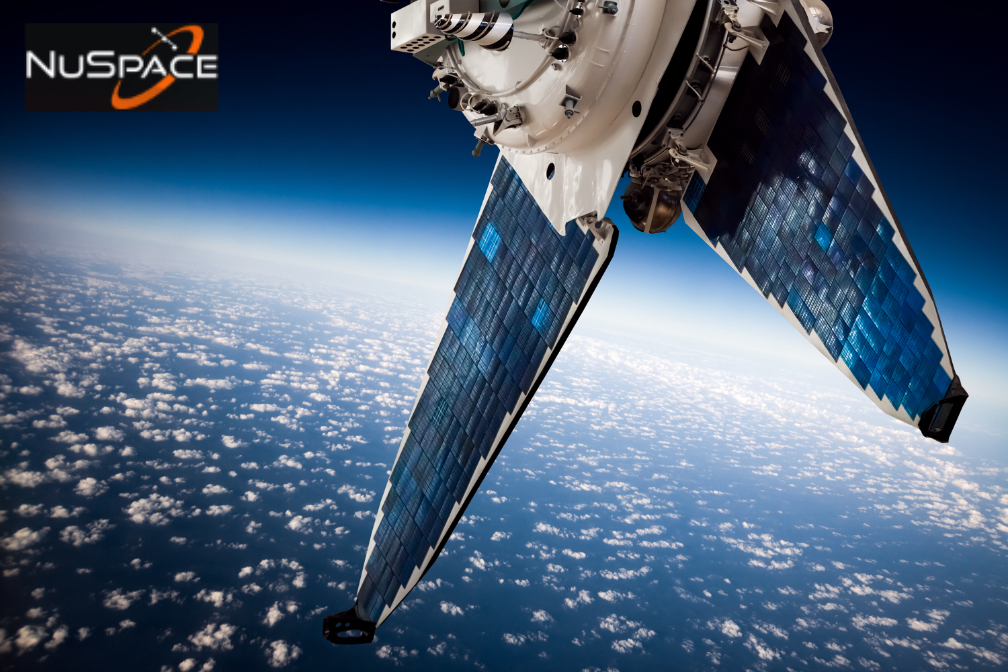
OneWeb and Hughes Network Systems LLC (“Hughes”) have a strategic, six-year, Distribution Partner agreement to provide LEO connectivity services across India.

The arrangement between OneWeb and Hughes Communications India Private Ltd. (HCIPL), a joint venture between Hughes and Bharti Airtel Limited (“Airtel”) follows the Memorandum of Understanding (MoU) signed by the companies in September of 2021.
As the leading satellite broadband provider in India , HCIPL is well positioned to deliver services to enterprise and government with OneWeb capacity, especially in areas outside the reach of fiber connectivity. OneWeb will connect towns, villages, and local and regional municipalities in those hardest-to-reach areas, playing a critical role in bridging the digital divide.
This agreement expands upon an established relationship between the two companies. Hughes, through its parent company, EchoStar, is a longstanding and supportive OneWeb shareholder. The company is also an ecosystem partner to OneWeb, developing gateway electronics — including for those in Gujarat and Tamil Nadu — and the core module that will power every user terminal for the system.
Hughes also is the prime contractor on an agreement with the U.S. Air Force Research Lab (AFRL) to integrate and demonstrate managed LEO SATCOM using OneWeb capacity in the Arctic region.
In each of its core markets, OneWeb works with carefully selected distribution partners providing new business and expansion opportunities while supporting its goal of bringing improved digital communication services to some of the hardest-to-reach parts of the world. OneWeb’s most recent satellite launch on December 27, 2021, brought the firm’s total in-orbit satellites to 394 in number, that being 60 percent of the planned 648 LEO satellite fleet.
OneWeb plans to commence global service by the end of 2022 as demand continues from telecommunications providers, aviation and maritime markets, ISPs, and governments worldwide for its low-latency, high-speed connectivity services.
Service offerings under this agreement are subject to all appropriate regulatory approvals and licenses.

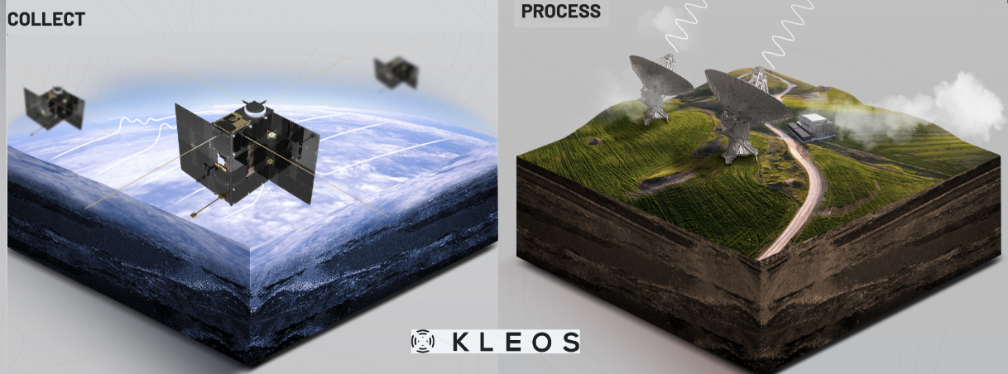


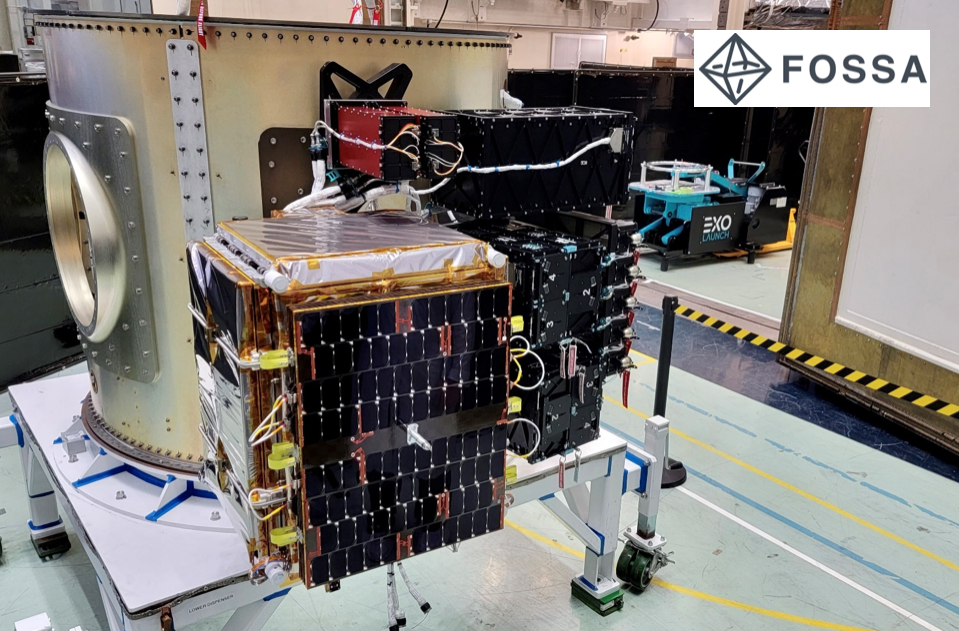
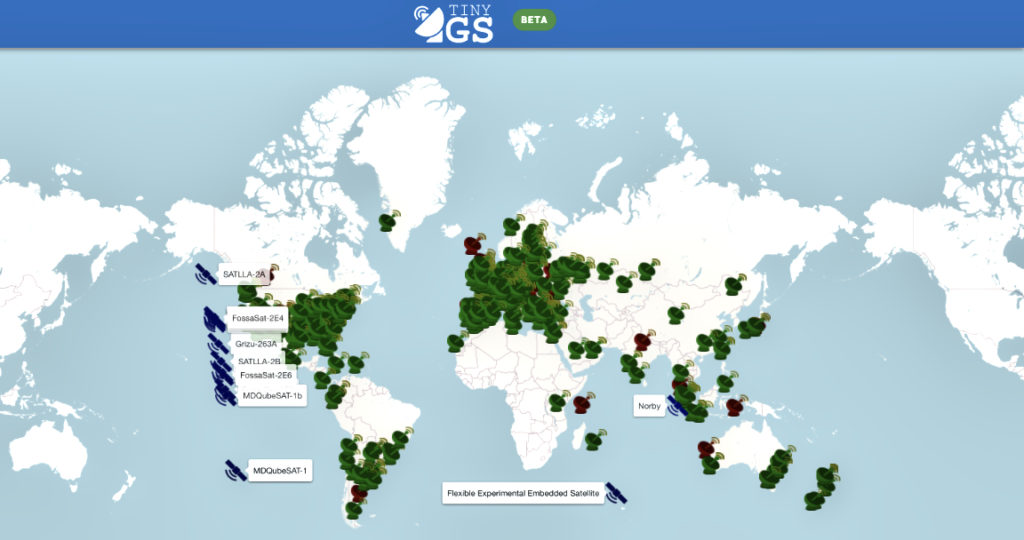
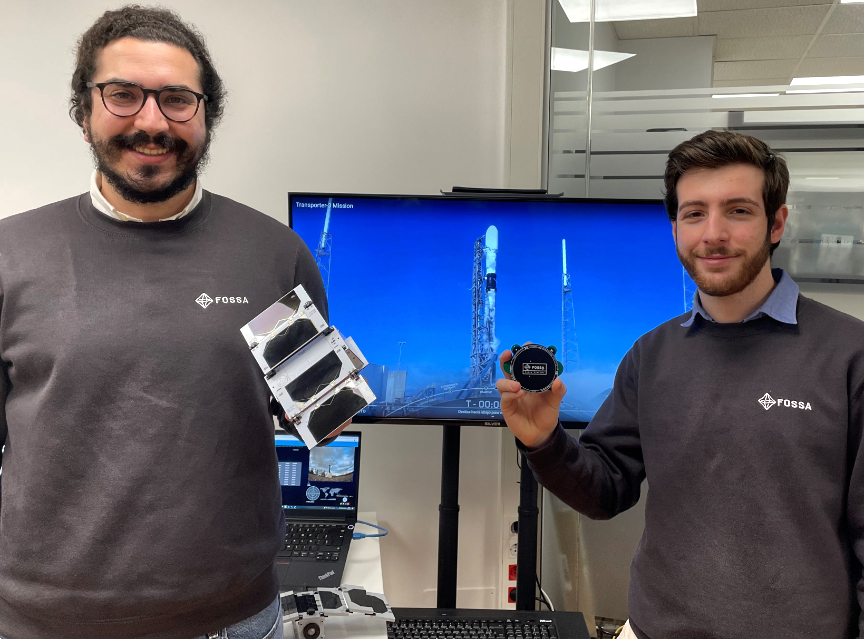
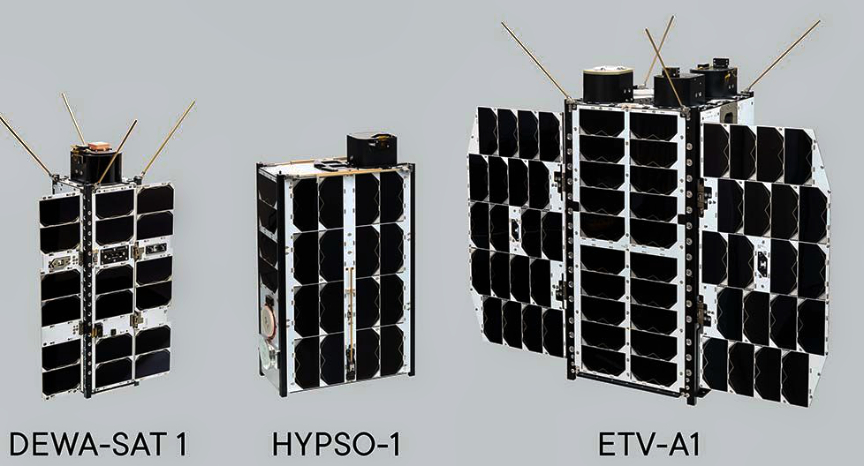
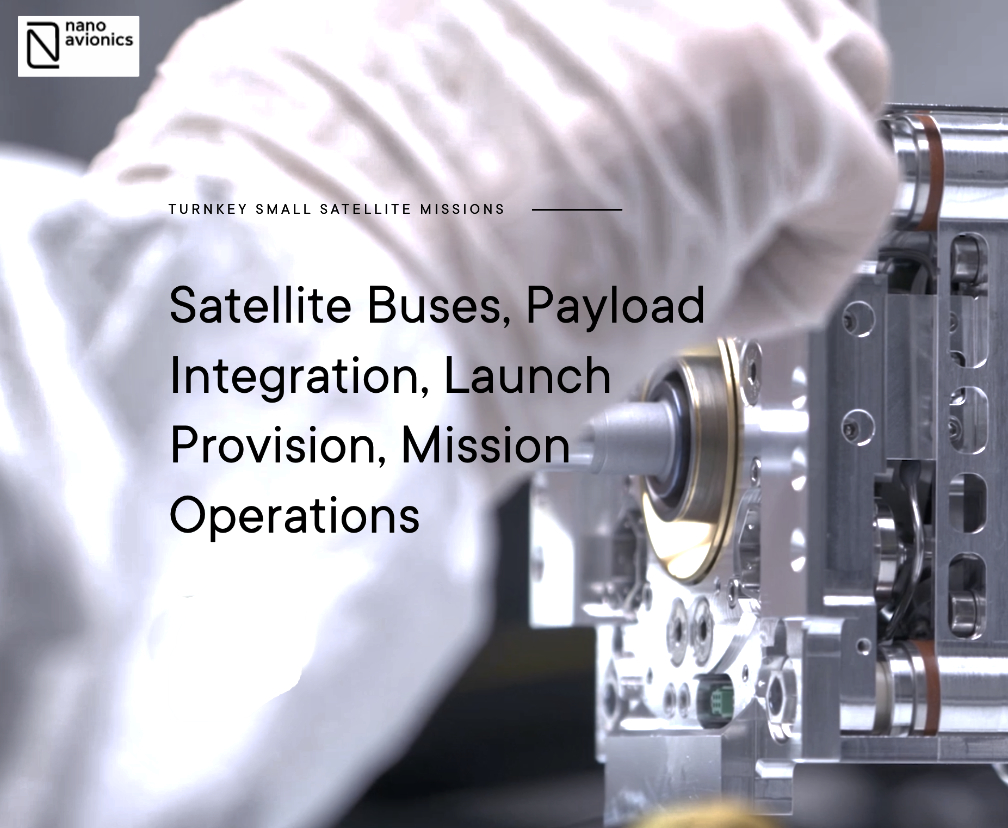
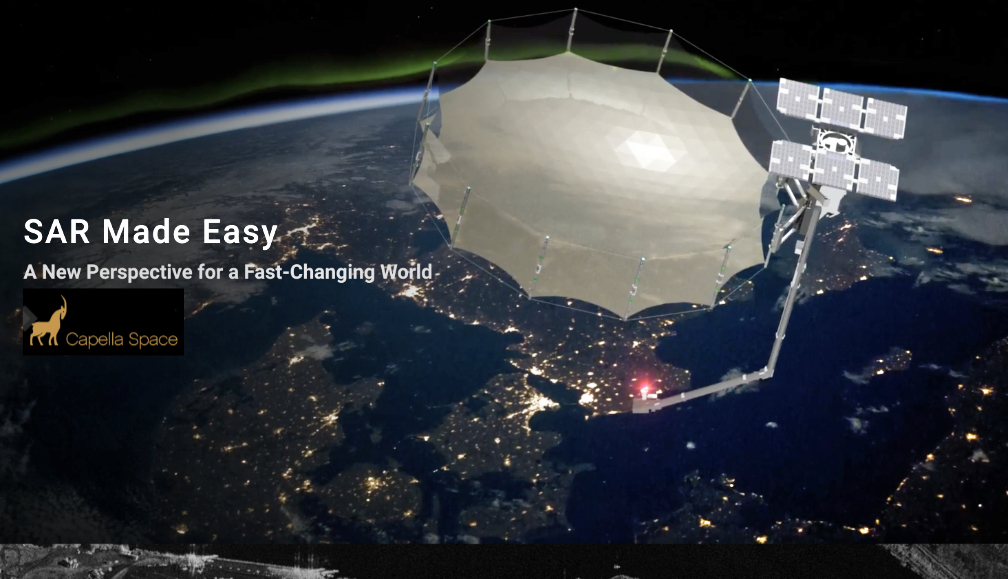



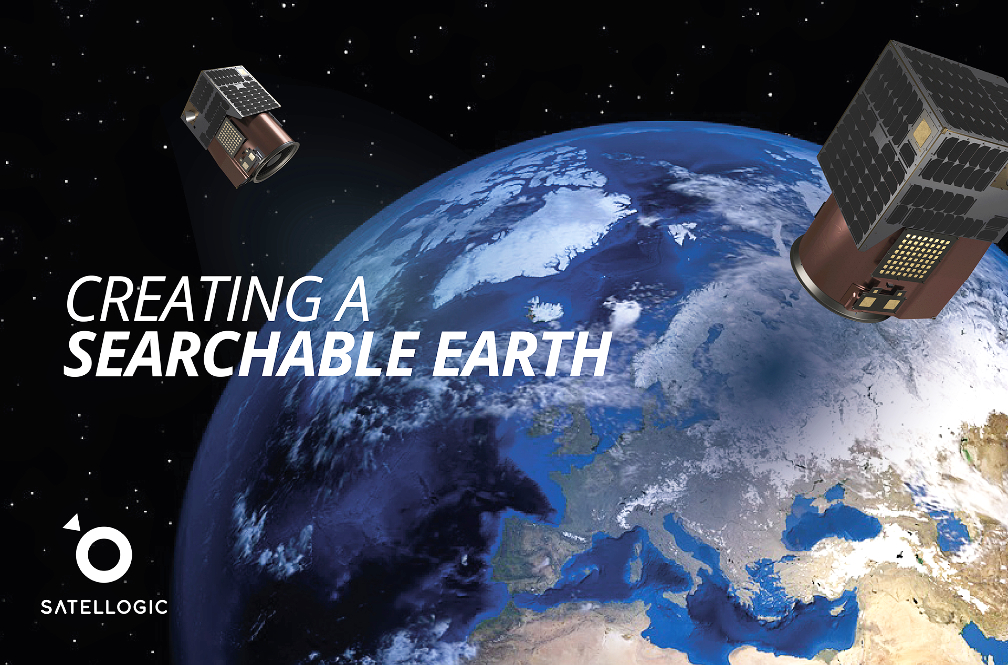

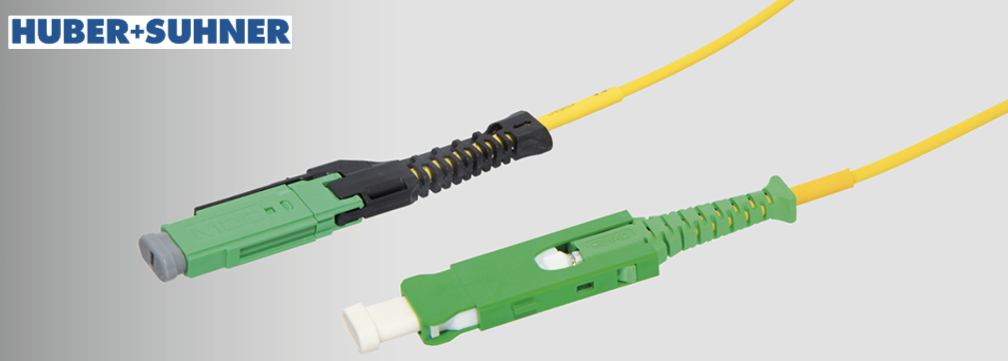
 cable assembly from
cable assembly from 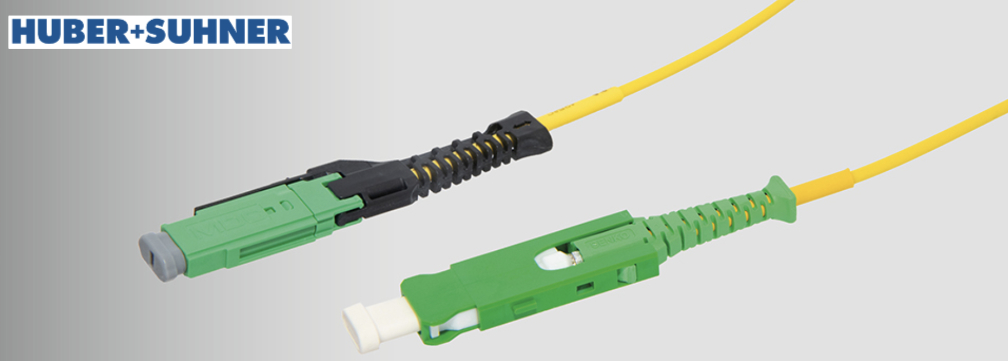
 cable assembly from
cable assembly from 
